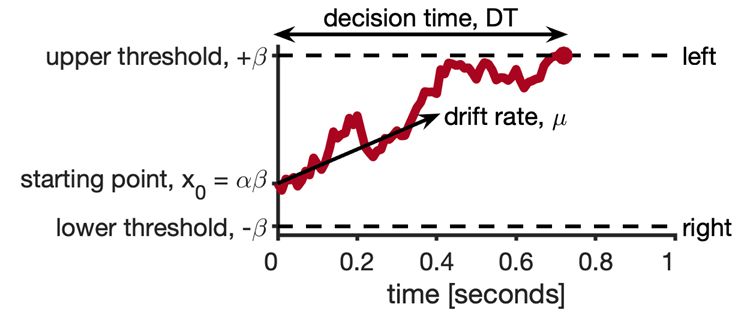Caroline Phelps
@carolinephelps.bsky.social
92 followers
160 following
21 posts
Chronic pain, decision making and memory | Postdoc at Georgia Tech in NRD lab | Tennis player | Loves tea, cake and a good book.
Posts
Media
Videos
Starter Packs
Reposted by Caroline Phelps
Ian Ballard
@iancballard.bsky.social
· Mar 26

Temporal fMRI Dynamics Map Dopamine Physiology
Spatial variations in dopamine function are linked to cognition and substance use disorders but are challenging to characterize with current methods. Because dopamine influences blood vessel dilation,...
www.biorxiv.org
Reposted by Caroline Phelps
Javeria Hashmi
@netphys.bsky.social
· Mar 4
Reposted by Caroline Phelps
Reposted by Caroline Phelps













